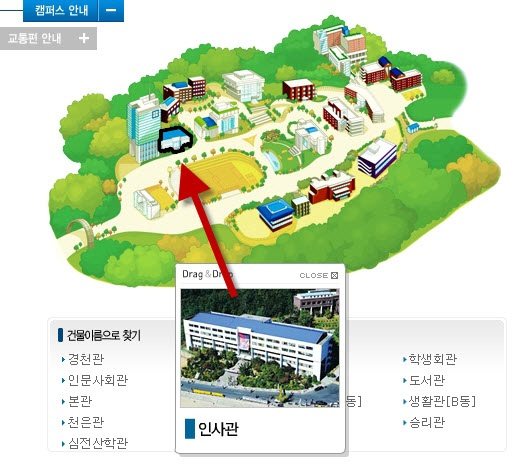HOOK: Mario Podeschi reviews the parts of speech with an eye on ELL methodologies. All attendees will walk away with a packet of materials ready for use in their classroom.
PRIMARY GOALS
- To convince elementary teachers to actively use the 8 parts of speech in class if they do not already.
- To share some techniques on how to use this vocabulary in instruction.
SECONDARY GOALS
- To clarify some of the stickier points of English grammar.
- To show where trying to make it “easy” only makes it harder.
- To steal your ideas.
ABSTRACT:
Many native instructors hesitate to teach the eight parts of speech. For as natural as English might flow from their lips, explaining the inner workings is an awkward process. Native teaching materials often treat grammar as a disposable scaffold—it’s something you take out when you hope to make a point, then put away until it’s needed again.
I argue that in ELL, grammar terms such as the eight parts of speech are an indispensible part of our classroom vocabulary, the equivalent of a math class’s multiplication table. It is something to be taught, memorized, reinforced, and, most importantly, used to guide our students to fluency.
But how? Native teaching materials often fall flat on their face in their attempts to simplify grammar, using one new term to explain another new term so that students are so buried in new terms that there is no room for the actual teaching point. My own hagwon uses Houghton-Mifflin English as its core grammar text. Instead of starting with terms like “subject” and “predicate,” it uses supposedly child-friendly terms like “naming part” and “action part.” When the grammar cycle comes back around, it introduces the real terminology, forcing students to unlearn one term to learn another. This works reasonably well for native students, for whom the word “action” need not be taught. But for ELL students, this adds a needless level of complexity. It is a method as absurd as a math class that teaches “and” the first year, “plus” the second year, “add” the third year, and “sum” the fourth.
Thus, the methodologies in this workshop will focus on teaching the real term the right way and applying those terms to solve the riddles of ELL error correction.
Together, we will examine all eight parts of speech. Each section will offer a functional classroom definition, an activity, and an example of how to use the term in ELL error correction. All attendees will receive a handout with ready-to-implement versions of all activities.
The workshop will also feature several clips from Schoolhouse Rock.
Bio:
Mario Podeschi is on his fifth year in South Korea. He worked for three years as a hagwon teacher before being to curriculum coordinator for Knox School. Knox School itself is a mid-sized academy located on Hagwon-Ga, Pyeongchon. He holds an M.A. in English and has also worked as a freelance writer off and on since 2006.
Podeschi joined KOTESOL as part of an ongoing goal to develop his academic resume and professional background. He presented at the 2013 International Conference and has attended several conference with KOTESOL and KAMALL throughout the year. He also presented at the 2013 Gyeonggi-do National Hagwon Teachers’ Convention and runs four training workshops for his school per year.



